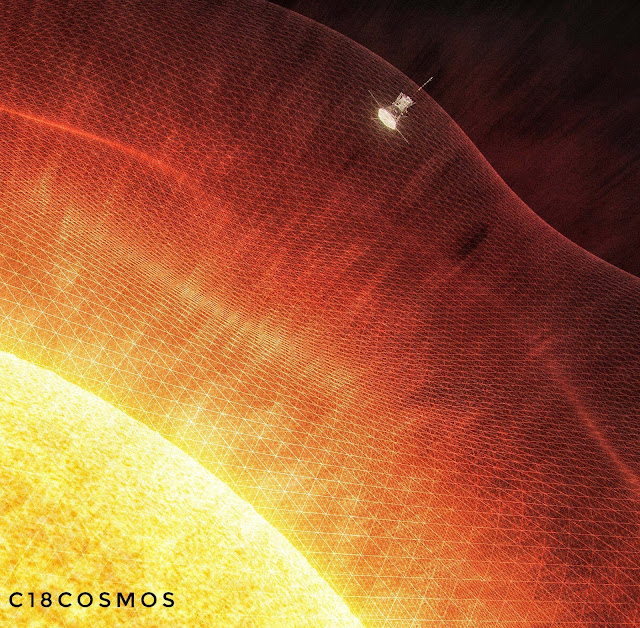How NASA Touched the Sun and Why You Should Care.
Ad Code Here
How NASA Touched the Sun and Why You Should Care.
On July 27th, NASA’s Parker Solar Probe made history by successfully touching the sun. It was the first time a man-made object has ever come this close to our star. We know it sounds crazy, but there are reasons why this is groundbreaking for space exploration. Here are some things you should know about what happened and why it matters.
What is NASA’s Parker Solar Probe?
The Parker Solar Probe is a NASA spacecraft that is on a mission to study the sun and answer some of the biggest and most fundamental questions about it.
Specifically, scientists want to answer two questions: 1) How does our star work? 2) What causes solar storms?
If you’ve watched any science fiction movies like Armageddon or Interstellar, you know how important our star can be. It provides life as we know it, by giving out heat and radiation. But this also makes it a prime target for earthquakes or tsunamis.
NASA’s goal is to send the probe to the part of the sun called the corona (meaning “crown” in Latin). This will be accomplished by getting closer than anything has before: 7 million miles away. That should help them answer those questions listed above!
Why touch the sun?
You might think that touching the sun sounds like a really bad idea. But there's actually a good reason why NASA sent the Parker Solar Probe.
The probe is designed to study the sun and its atmosphere, including how it creates the solar wind. We've only been able to study these phenomena with satellites until now, but this probe will get closer than ever before.
The data gathered by the probe is expected to help scientists understand more about the outermost part of our solar system’s star. This could help them better predict dangerous space weather like solar storms and flares that can disrupt communications satellites on Earth.
It also has potential to solve mysteries about energy generation in stars so we can find ways of creating clean energy here on earth. That's right—NASA's latest experiment could change life as we know it!
The science of touching the sun
In order to get close to the sun, NASA's Parker Solar Probe had to do a few things. The probe had to get very close to the sun, which is almost 93 million miles away from Earth. In order for this to happen, NASA needed a way to keep the probe from burning up.
To make sure the probe touched the sun without getting too hot, NASA put an advanced heat shield on it called a Thermal Protection System (TPS). This system is made of a light-weight material that has been tightly packed with carbon and coated in a thin layer of aluminum. The TPS also includes four large panels that have been fitted with cooling fins that help remove heat from the inside of the spacecraft.
It was great that NASA came up with such an awesome plan, but what does this all mean? It means that we’re finally able to study our own star on a much more intimate level than ever before. We can even measure what's going on inside it! And while you might not be an astrophysicist, these discoveries will impact your life in ways you don't even know about yet.
How NASA made it happen
NASA has been working on the Parker Solar Probe for more than 60 years. When it was announced, NASA called it "the first mission to touch the sun."
The probe will explore the outer atmosphere of the sun and answer questions that scientists have had about our star. It'll do this by reaching ten times closer than any previous mission to the sun's atmosphere. It'll take seven years to complete its mission, and we can't wait.
Why should I care.
It's not everyday that NASA sends a satellite to touch the sun. But this isn't just any old satellite. It's the Parker Solar Probe, which will hopefully give us new insights into what makes our closest star tick.
This probe is set to orbit within 3.8 million miles of the sun's surface, closer than any other man-made object has ever come to our star before. And because the sun is so hot, it's expected to withstand temperatures up to 2,500 degrees Fahrenheit during its encounter with our star.
The Parker Solar Probe will collect data about the sun and transmit it back to Earth so scientists can better understand how it works—and keep better track of what could be coming our way in terms of solar winds or other natural phenomena.


0 Response to "How NASA Touched the Sun and Why You Should Care."
Post a Comment